как установить spotify на linux manjaro
Install spotify
on Manjaro Linux
spotify
Music for everyone
Love music? Play your favorite songs and albums free on Linux with Spotify.
Stream the tracks you love instantly, browse the charts or fire up readymade playlists in every genre and mood. Radio plays you great song after great song, based on your music taste. Discover new music too, with awesome playlists built just for you.
Stream Spotify free, with occasional ads, or go Premium.
Free: • Play any song, artist, album or playlist instantly • Browse hundreds of readymade playlists in every genre and mood • Stay on top of the Charts • Stream Radio • Enjoy podcasts, audiobooks and videos • Discover more music with personalized playlists
Premium: • Download tunes and play offline • Listen ad-free • Get even better sound quality • Try it free for 30 days, no strings attached
Note: Spotify for Linux is a labor of love from our engineers that wanted to listen to Spotify on their Linux development machines. They work on it in their spare time and it is currently not a platform that we actively support. The experience may differ from our other Spotify Desktop clients, such as Windows and Mac.
Как установить Spotify на Manjaro 21
Как установить Spotify на Manjaro 21
В этом руководстве мы покажем вам, как установить Spotify на Manjaro 21. Для тех из вас, кто не знал, Spotify — это платформа потоковой передачи музыки, предоставляющая своим подписчикам контент с защитой DRM. Spotify работает по модели freemium (основные услуги бесплатны, а дополнительные функции предлагаются по платной подписке). Spotify зарабатывает на продаже премиальных подписок на потоковую передачу пользователям и размещении рекламы третьим сторонам.
В этой статье предполагается, что у вас есть хотя бы базовые знания Linux, вы знаете, как использовать оболочку, и, что наиболее важно, вы размещаете свой сайт на собственном VPS. Установка довольно проста и предполагает, что вы работаете с учетной записью root, в противном случае вам может потребоваться добавить ‘ sudo ‘ к командам для получения привилегий root. Я покажу вам пошаговую установку потокового проигрывателя Spotify на Manjaro 21 (Ornara).
Установите Spotify на Manjaro 21 Ornara
Шаг 1. Перед тем, как запустить руководство, приведенное ниже, убедитесь, что наша система обновлена:
Шаг 2. Установка Spotify на Manjaro 21.
Чтобы установить Spotify, просто используйте следующую команду:
Чтобы установить Spotify из AUR, используя ваш любимый менеджер пакетов или команду:
Если у вас установлен Flatpak, вы можете установить Spotify, используя следующую команду ниже:
Шаг 3. Доступ к Spotify в Manjaro Linux.
После успешной установки используйте меню «Пуск» и найдите Spotify, чтобы начать прослушивание, или просто запустите его из командной строки:
How to Install Spotify on Manjaro
Spotify is also available as a native client on a number of devices – computers, smartphones and what not! However, on Linux, it’s a tough call. Spotify is available on a wide range of Linux distros. What about Manjaro?
Manjaro is a super cool Linux distro that’s based on the Arch Linux. However, it reduces the strain of the classic Arch a lot. In fact, it’s one of the finest Arch-based user-friendly distro, especially for new Linux users!
Let’s enjoy Spotify on Manjaro.
Installing Spotify
Officially, Spotify offers a “snap” package of the client. The “snap” packages are universal Linux apps that can run on any platform without any modification in the main program. For enjoying Spotify, we have to get the “Spotify” snap package.
However, for installing any snap package, you need the “snap” client installed in your system. This one isn’t available on the default software repository of Manjaro Linux. The source code is hosted on AUR. Building and then installing an app is the natural process of AUR, especially for the Arch and Arch-based distros. Let’s get started.
Installing snap package
For getting the source code of “snap” core, we have to use Git. Start by installing Git –
Now, your system is ready to grab the source code from the AUR repository.
Download complete? Good! Time to start the build process. Change the active directory –
Start the building process –
Wait for the process to complete.
Once complete, you have to tell the system to enable the “snap” service.
There are a number of “snap” packages that are marked as “classic”. In order to make sure that you don’t have any problem with them, run the following command –
Verify that “snap” is successfully installed –
Installing Spotify snap
Running the following command will download and install the latest Spotify “snap” package from the Snapcraft store.
Wait for the process to complete.
Voila! Spotify is installed!
Using Spotify
Start Spotify from the menu –
You can also start Spotify from the terminal –
If you have an existing one, you can easily login into your account. Otherwise, go to Spotify and create an account.
Now, let’s have a look at the Spotify app’s settings.
The interface is pretty self-explanatory. If your system uses proxy, you can specify the settings for the app. You can also the proxy type (Socks4, Socks5, HTTP etc.) or “No Proxy”.
About the author
Sidratul Muntaha
Student of CSE. I love Linux and playing with tech and gadgets. I use both Ubuntu and Linux Mint.
Spotify
Spotify is a digital music streaming service with a freemium business model. This article is mainly about the semi-official, proprietary Spotify for Linux client, which is developed by Spotify’s engineers in their spare time and not actively supported by Spotify.[1] Alternatively, there is an online player and a number of open source third-party clients.
Contents
Installation
Third-party clients
Tips and tricks
Limit storage size
Spotify automatically manage a storage size for caching, however one may want to force the size limit preventing the filesystem from filling up.
Global media hotkeys
MPRIS
The Spotify client implements the MPRIS D-Bus interface which allows external control.
pactl (pulseaudio)

As you might have noticed, MPRIS protocol commands do not include volume control. This is broken within spotify itself, which ignores volume change requests. However, there is a possibility to control volume via pulseaudio’s input sink:
The sink number for «$current_sink_num» can be found in the output of command:
You can create a script for changing volume and bind it for example to keyboard shortcut via desktop environments configuration or xdotool described in next section. Here are some examples:
This script is based on work done by user Mikołak in this post.
Unfortunately this script is not the fastest solution and if you execute it multiple times via keyboard hotkey, it might become laggy.
Faster (like 10 times) Python code (requires at least Python 3.7 to be installed):
Disable track notifications
After version 0.9.10, track change notifications were enabled by default. They can be quite intrusive. To disable them, add:
Show track notifications

playerctl provides a library you can use with python-gobject and a notification daemon such as dunst to show the artist and title in a notification when the track changes.
Skip overplayed radio tracks

Another use of the playerctl library is to skip tracks that are played too much on radio when you do not necessarily want to downvote these tracks because you may want to hear them again later on that station.
Mute commercials
spotblock
spotblock-git AUR is a resource-efficient ad blocker that runs as a systemd daemon.
Spotify-AdKiller
spotify-adkiller-git AUR is another alternative to block Spotify ads.
spotblock-rs
spotblock-rs AUR is a fast and light program to mute Spotify ads. It also works with PipeWire.
Hosts file

You may also add the following lines to your hosts file to block ads in Spotify:
Remote Control
Send commands via SSH
If you set up ssh on the server, you can send controls from a client to a remote Spotify instance with
where yourcommand can be spotifycmd that you installed on the server, or a dbus script for the linux version, as described above.
Grab the Spotify window via SSH
Aside from grabbing the whole desktop with TeamViewer or VNC to remotely control your server, you can also only grab the Spotify Window from the server to your client.
To do that, you need to configure sshd on your server and install x11vnc on both server and client as well as tigervnc on the client. Then you can use these scripts to grab either the complete dektop or only the Spotify window, which essentially gets you GUI client-like behavior as with MPD.
You will need to copy the second script to
/.bin/vncgetspotify.sh on the server and the first script to any place on your client.
Finally, to grab the spotify window, run on the client:
or, for the whole desktop:
HiDPI Mode
As the current Spotify build is not DPI aware, the amount to scale the interface by can be specified using the terminal command:
where X is the amount to scale the interface by, e.g 2.
This change can be added to the spotify.desktop file in order to apply the scaling when launching from the desktop.
To make sure the file does not get overwritten when the package is updated, copy it to you local applications folder:
You might need to relaunch your Desktop Manager, before these override changes will be effective.
Troubleshooting
Desktop Environment alerts (beeps) mutes Spotify
Comment out «module-role-cork» in the PulseAudio configuration file so it does not get loaded anymore.
Or unload it temporarily with:
Using search causes the whole interface to blink and then crash

Spotify is using an old version of Chromium Embedded Framework and hits a bug causing it to crash repeatedly when trying to use the search. This can be worked around by using the following command line option:
Blinking images and improper rendering while using Spotify Linux with DWM
Start spotify as a floating window.
You can add this rule to the rules array in your config.h :
This will tell dwm to start spotify as a floating window associated with the tag «2» no matter what window mode you are in. Recompile and install dwm to apply your new settings.
Broken search, browsing or radio
If various tabs like browsing only show a blank screen, the search field does not seem to do anything or the radio page is broken (stuck when starting and unsresponsive to input) you might be using a custom locale.
Try setting the environment variable LC_NUMERIC to en_US.utf8 before starting Spotify.
Deadlock GUI Thread
Can occur under tiling window managers, such as Awesome, when double-clicking new song or playlist. Edit the file
/.config/spotify/Users/spotify login-user/prefs to add or change the following:
Restart Spotify. This will try to disable song notifications which seem to be the cause of the issue (the lack of a notification daemon to receive them makes the UI thread hang). Note that several causes appear to exist for this problem, and this particular fix only applies to select versions of Spotify client, i3 and Awesome, and it may be that additional root causes exist for the Debian and Ubuntu users reporting this issue. Observed with Spotify 0.9.17.1.g9b85d436 and Awesome 3.4.15 and i3-gaps 4.13-2 and Spotify 1.0.64.407.g9bd02c2d.
Note: This issue has multiple causes, so keep track of what you change while researching this. Update this section with additional scenarios and fixes.
Album art and images are missing, show up as squares
Quit spotify, then open spotify preferences
Change @https to @http:
See original forum post here.
Spotify does not detect other devices on local network
If a firewall is in place, open ports 57621 for UDP and TCP. If you use a variant of the iptables Simple stateful firewall, the following should do it:
It is also possible to restrict the source and destination to the local network.
If you are using Spotify Connect to play music on a wireless speaker or AVR, your firewall needs to be configured for Spotify’s mDNS lookup of those. Sadly, it uses a random unprivileged port [3] which makes these firewall rules rather nasty. Fortunately, you can restrict the rules to source port 1900 or 5353.
If using MusicCast for streaming, you will also need to ensure that IGMP multicast packets are allowed to 224.0.0.22 (with IP options allowed) from the MusicCast speaker/AVR by all firewalls in place (including router firewall).
Search Bar text is invisible when using a dark theme
The text in the search bar appears to be hardcoded to be white, making it invisible when using a dark Qt theme. To fix this, you will need to make an override.
First create a css file somewhere your account has permission to read/write from (such as your home folder). Call it whatever you like (eg. spotify-override.css).
Open the newly created css file and add the following:
Save the file and exit. Next, you need to add the following to the end of your Spotify launcher (substitute the path with the actual path of your css file):
So your full launch path should look something like this:
Not respecting window manager rules
GUI hangs while the music plays
Also the previous and next track buttons act with a delay of 10-40 seconds. Spotify by default tries to send notification about next track, if you do not have a notification-daemon installed, Spotify’s GUI hangs.
The solution is to either disable notifications in the settings or to install a notification daemon from Desktop notifications.
GUI Borders are gone and app occupies the whole screen over cinnamon panel
If having issue with window borders disappearing and so app goes to a kind of fullscreen but you cannot drag the window or change its size on cinnamon, that may be caused by the preferences located by default at text file /home/yourusername/.config/Spotify/Users/yourusername-user/prefs configs:
What probably happens is, when both resolutions matches your «main» monitor resolution values or higher, this may happen when going from two monitors to only one monitor. As a solution, close Spotify, edit prefs file to remove both configs above, save it, then run Spotify again.
Cannot open settings in Wayland
When using Wayland, clicking on the ‘Settings’ button does nothing. Using the keyboard instead will work (arrows and enter). See [4]
Crashes on startup
If the app crashes on startup and you get the following error message
Spotify has limited or no internet connectivity while using a VPN
More recent versions of Spotify (noticed after version
1.1.10) use NetworkManager’s detection of internet connectivity for determining if Spotify is able to play songs or even log in. When using a VPN service, Network Manager can fail to correctly identify internet connectivity, stating «Limited Connectivity». See NetworkManager#Checking connectivity for possible solutions.
🎵 Как установить Spotify на дистрибутивах Linux
Spotify – это бесплатный сервис потоковой передачи музыки, который предлагает дополнительный премиум-контент за минимальную плату за подписку.
Это широко успешный музыкальный сервис с несколькими миллионами пользователей и миллионами песен у вас под рукой.
С Spotify вы можете слушать своих любимых исполнителей, последние хиты, эксклюзивы и новые открытия на ходу.
Spotify доступен на Windows, macOS, Linux (Debian), а также на смартфонах и планшетах Android, iOS и Windows Phone.
В этой статье мы узнаем, как установить Spotify на последней версии Ubuntu, Mint и Fedora.
Установка Spotify на Ubuntu / Linux Mint
Вы можете установить Spotify на Ubuntu или Mint с помощью snap store и официального репозитория.
Использование Snap store
Чтобы установить Spotify из магазина Snap, сначала необходимо обновить систему и установить пакет snapd.
Вы можете найти его установленным в /snap/bin/spotify.
Чтобы вручную обновить пакет Spotify, запустите:
Использование официального репозитория
Чтобы установить Spotify из официального репозитория, сначала вам нужно импортировать ключ подписи и добавить репозиторий.
Теперь, используя apt install, введите:
Бинарник snap будет расположен в /usr/bin/spotify.
После установки вы можете запустить Spotify, используя следующую команду в терминале:
Установка Spotify на Fedora
Вы можете установить Spotify в Fedora, используя flatpack и из snap store.
Использование Snap store
Чтобы установить Spotify из магазина Snap, сначала необходимо обновить систему и установить пакет snapd.
Используя Flatpak
Проверка версии Spotify
Чтобы проверить версию Spotify, выполните следующую команду:
Как удалить Spotify на Linux
Если вы установили из snap store, удалите с помощью следующей команды:
Точно так же, если вы установили его из официального репозитория (в Ubuntu и Mint), удалите его, используя:
Если вы установили его из Flatpak, выполните следующую команду для удаления.
Заключение
Стоит попробовать ncspot и Tizonia, которые позволяют транслировать музыку из Spotify через терминал.
В этом руководстве мы узнали, как установить Spotify в трех разных дистрибутивах Linux.
Вы можете наслаждаться потоковой передачей музыки.







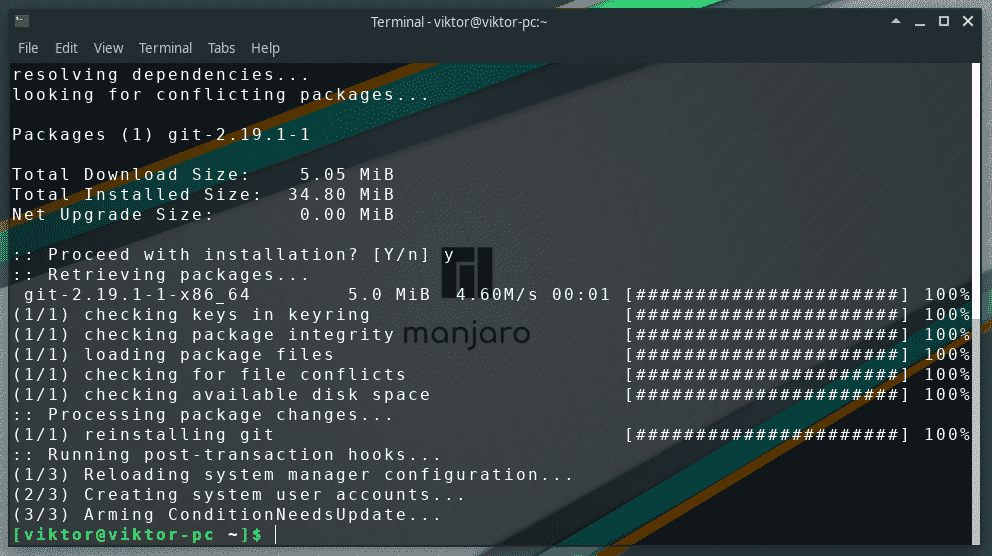


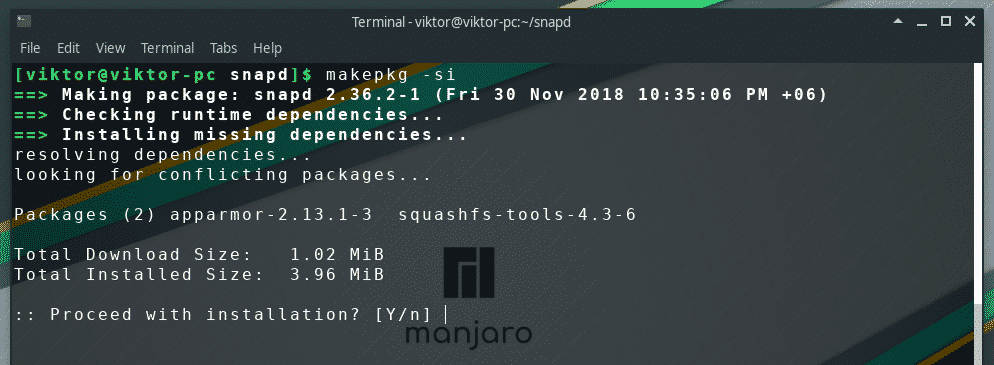
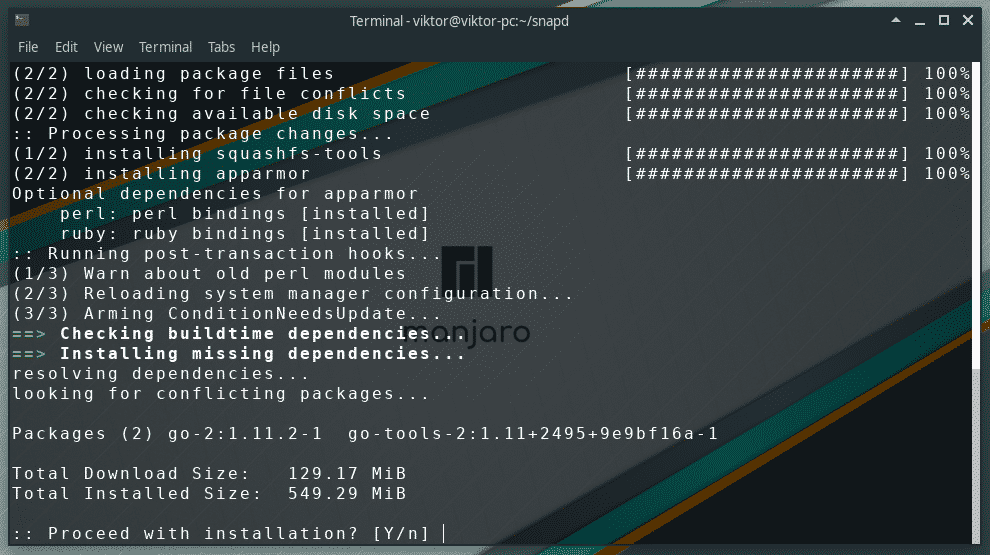
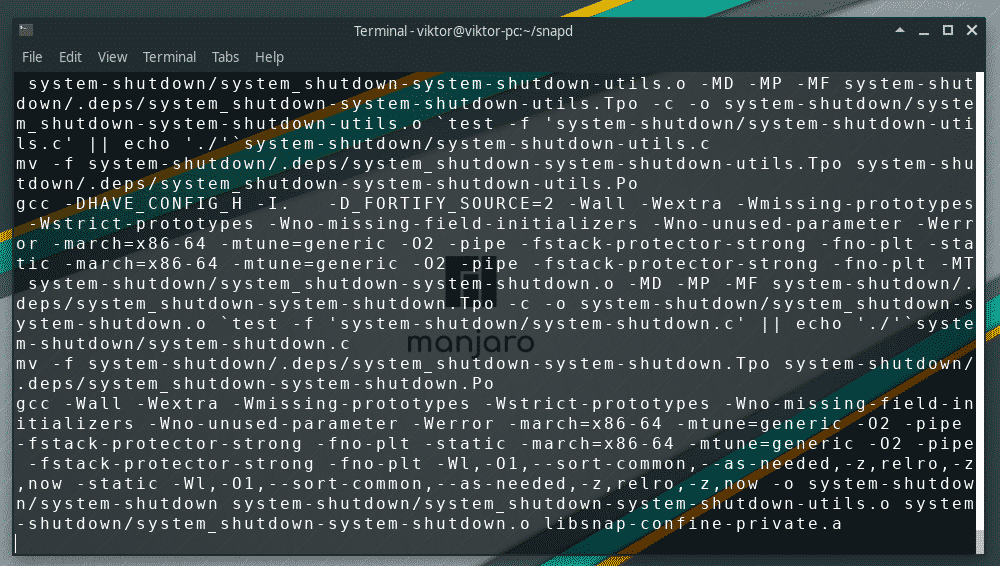
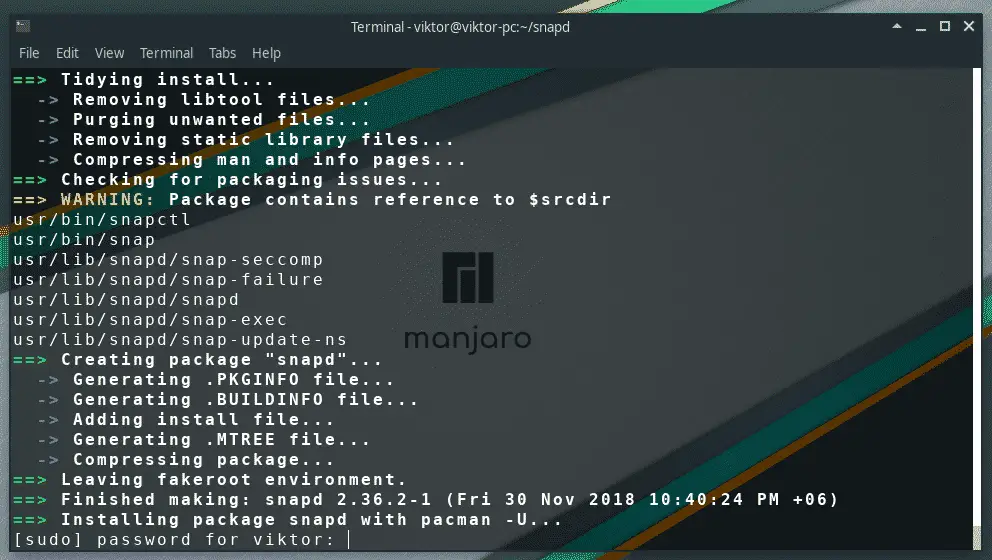

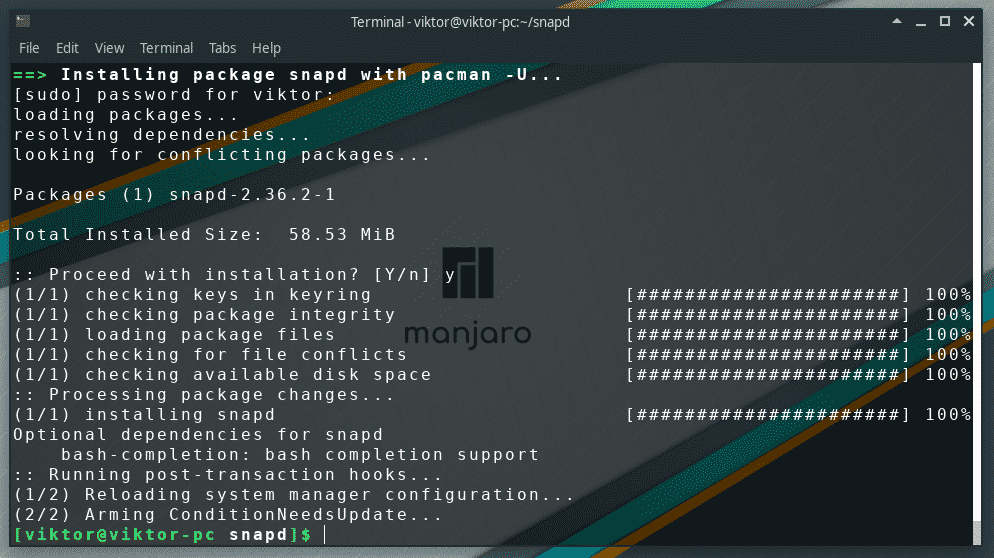









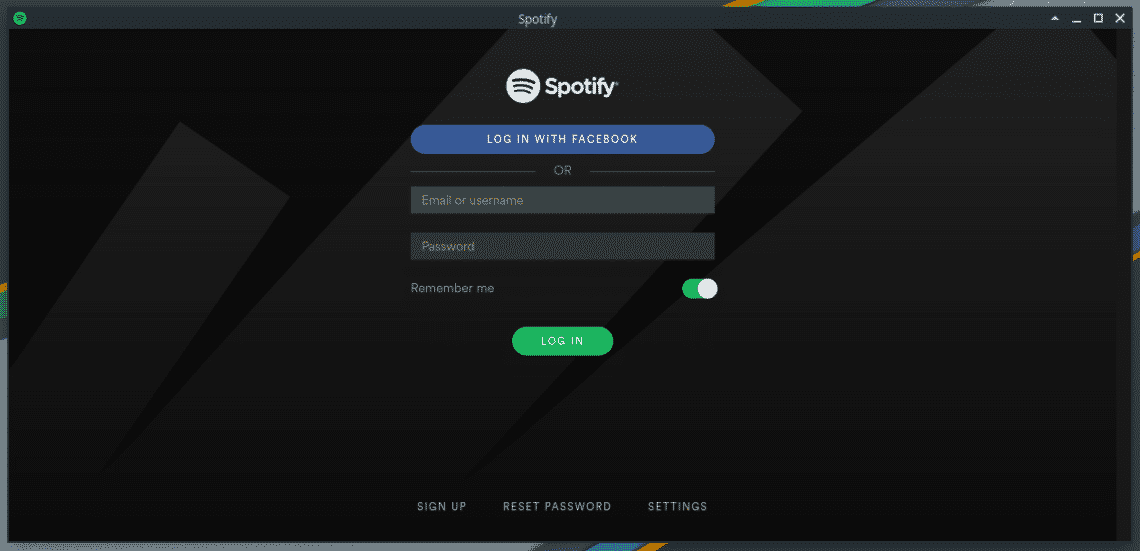




 IT is good
IT is good